Get my FREE Ultimate Garden Planner 2025 and start growing today!
“Start small, grow local and be patient.”
Hello green thumbs in the making! After years of nurturing my relaxed jungle of native Australian plants, island treasures and enough vegies to feed the neighbourhood, I’ve learned that gardening doesn’t need to be complicated.
Whether you’re looking to grow your first tomato plant or create a haven of native grasses, these beginner friendly tips will help your garden thrive. Just like I tell young Taro in the garden – start small, learn as you grow and know that every plant has a story to tell.

1. Start with soil, not seeds.
Your garden’s success begins beneath the surface.
Healthy soil creates healthy plants, and taking time to understand your soil conditions and what is needed to improve it is the best starting point. Preparing your garden bed will reward you with stronger growth and fewer problems later.
Every garden tells a story through its soil. Test your soils pH and drainage before planting anything. Is it sandy, clay, or somewhere in between?
Each plant has preferred soil conditions to thrive, just like we all have our favourite place to relax and be our best.
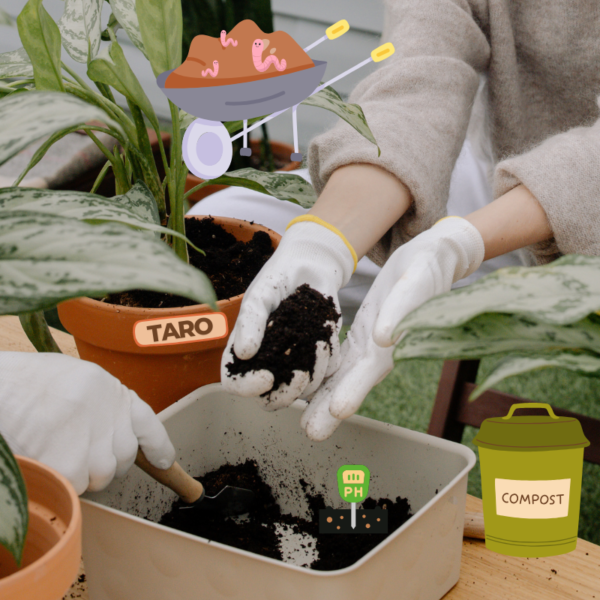
Simple soil prep checklist:
- Test your soil pH (most plants prefer 6.0 -7.0) most garden centres will have a pH kit for your to purchase
- Add organic compost to improve any soil type, either store bought or homemade compost will do the trick
- Ensure good drainage by adding perlite or sand to heavy soils
- Mulch around plants to retain moisture and reduce weeks
- Start a compost bin for kitchen scraps to create beautiful organic future soil that your plants will LOVE
Try these extra soil tips to get your foundations strong:
2. Choose plants that match your lifestyle
When I’m not journalling or cooking for big family gatherings, I’m often traveling to discover new places. That’s why I’ve learned to choose plants that match my busy lifestyle. Not all plants need daily attention, and selecting the right varieties can make gardening a joy rather than a chore.
Native plants are my favourite low maintenance options. I love to mix in flowering bulbs and perennials for an extra burst of colour and to have something interesting in my garden during the different seasons, but it’s all really trial and error.
As your gardening knowledge expands, your choice of plants will evolve which is how it should be. Your lifestyle and location might change too so it’s important to be flexible, adapt to conditions and have fun experimenting!
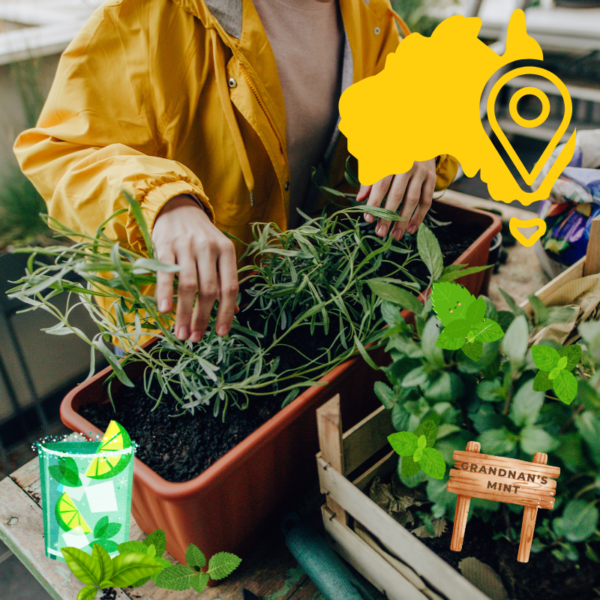
Plant selection checklist for busy beginners:
- Choose native plants adapted to your local climate
- Start with drought-tolerant varieties that forgive missed watering
- Include perennials that return year after year (less work too!)
- Mix in herbs for cooking (most are hardy and pest-resistant)
- Select plants with similar water and sun requirements for easier care, or create zones/groupings of plants that need the same kind of care.
Some great links to help you select the right plants for your lifestyle.
3. Create a Simple Watering Schedule
Creating a simple watering routine helps your plants to thrive and gives you the best start possible. Make sure you take the time to understand how much water each plant needs and how often and consider grouping similar ones together – remember to keep it simple and easy for you and your plants!
I love notebooks and journals, so I keep a small notebook by my back door to track rainfall, watering, changes in seasons and any notes on my garden. This helps me understand patterns and adjust as seasons change.
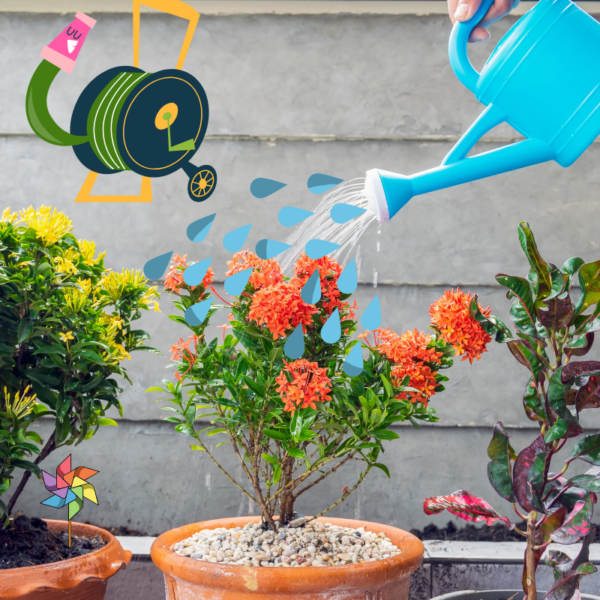
Watering wisdom for beginners:
- Give yourself to trial when the best time to water your plants is - in the morning or the evening? Maybe it's once a week once your plants are established. Talk to your neighbours if they grow similar plants or get some wisdom from a keep gardener in your circle of friends.
- Install a simple irrigation system with a timer if you travel often.
- Group plants with similar water needs together.
- Use mulch to retain moisture and reduce watering frequency
- Consider collecting rainwater in barrels or containers for sustainable garden care
Irrigation tips to explore from other experts:
4. Welcome Wildlife Into Your Garden
Gardens are a powerful opportunity to build a community of like minded people who can enjoy the outdoors all year round.
Creating a garden that sustains a community, coupled with wildlife-friendly plants to encourage helpful pollinators and natural pest controllers, well that’s taking your garden to a whole new level!
When Taro visits, we count the different birds and insects that visit our garden. We always learning something new about the important role these creatures play in our garden’s health.
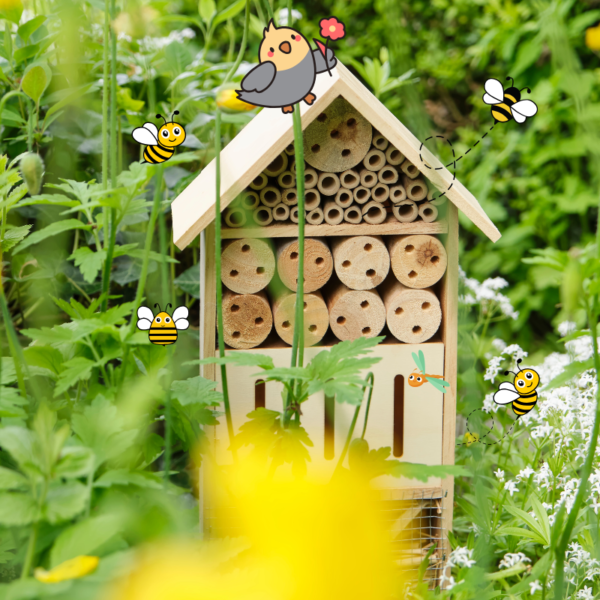
Wildlife-friendly garden checklist:
- Plant native flowering species from your area to attract local pollinators
- Include a small water source like a birdbath or shallow dish
- Create habitat zones with varying heights of plants, like lilipilly trees with smaller native grasses
- Avoid chemical pesticides best you can, and always look for environmentally friendly or home made brews that don't harm beneficial insects
- Add nesting boxes or insect hotels for year-round wildlife support
Why not try these extra tips to encourage visits from your local wildlife or insects:
5. Keep a Garden Journal
I love journaling, especially when it comes to gardening and travel, because they are a fantastic way to track your ideas, successes, challenges, and any garden or seasonal changes.
My journals feel like art journals and are one of most treasured possesions – full of beautiful washi tapes, colours, textures from pressed flowers, seed packets, and notes about which edible and plant varieties Taro and our friends enjoy the most.
Journalling also connects me to the traditional knowledge of my ancestors, who carefully observed seasonal cycles, hardy varieties and gardening according to the moon and ocean tides. Your garden journal can become your personal legacy of plant and garden knowledge to share with those you love.
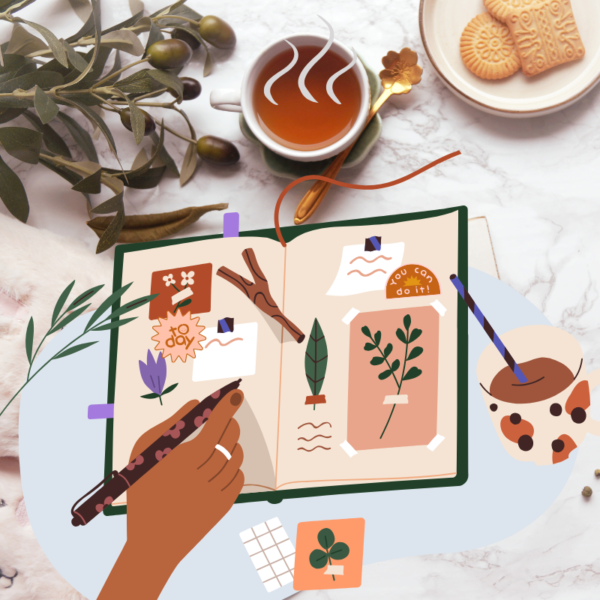
Garden journal essentials:
- Record planting dates and harvest times
- Note weather patterns and their effects on different plants
- Keep track of successful plant combinations and any experiments you try - successful or otherwise
- Save seed packets, take photos of plant tags or tape them to your pages using beautiful washi tape
- Have a go at sketching garden layouts for seasonal planning or collect images from magazines or online for inspiration
BONUS: Ultimate Garden Planner 2025
I’ve put together this little garden planner to help you make the most of your patch over the next month. After decades of getting my hands dirty, I’ve learned that a bit of structure makes all the difference – just make sure to leave room for a cuppa to enjoy your work with good friends.
What you'll find inside:
- I’ve mapped out 4 weeks for you. We’ll start with some planning, planting, caring for your plants and then enjoying the fruits of your labour.
- Each day has just enought to keep you activie without wearing you out. Some days are for digging, others for sitting back and watching nature do it’s thing.
- My favourite gardening tricks – some from my grandnan and others I’ve learnt from beautiful people during my travels across Australia.
- Nature’s wisest gardeners – the birds and the bees. They get a feature in this planner.
- Remember to share what you grow. Seeing your neighbours and friends light up when they receive some fresh produce or a new plant is a gift.
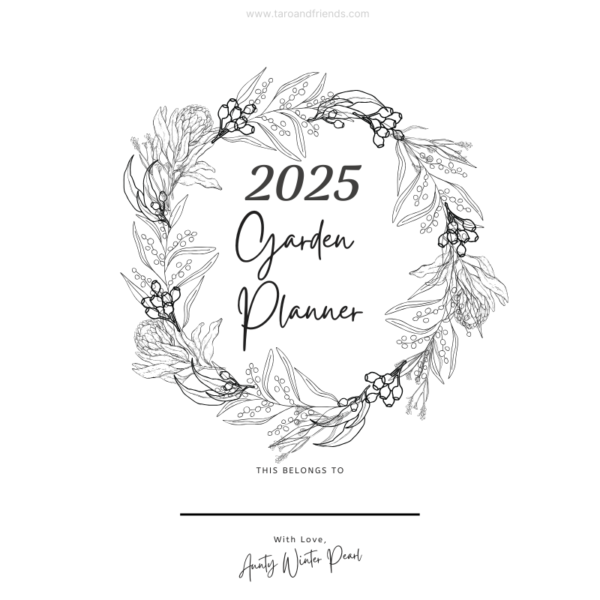
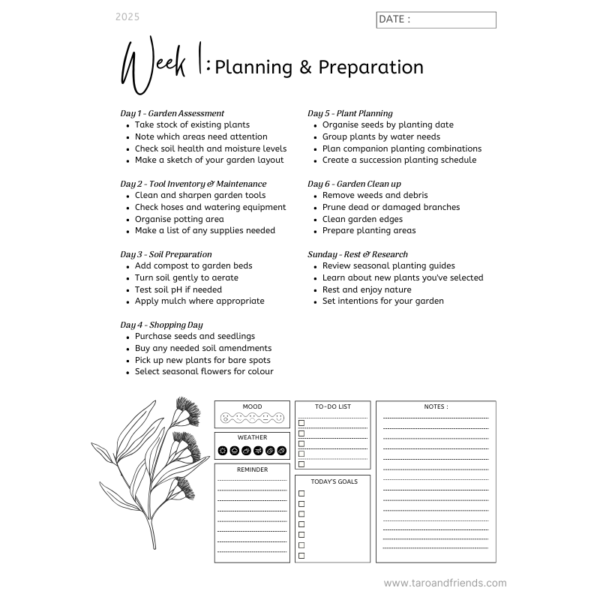
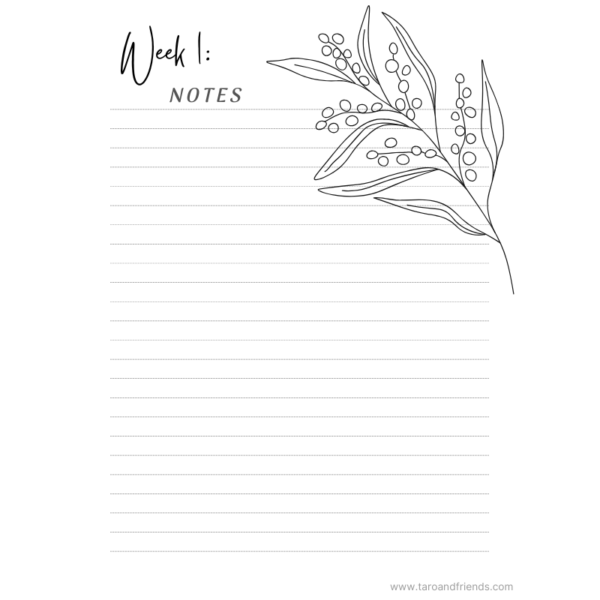
Get Aunty Winter Pearl's Ultimate Gardening Planner
Remember friends, gardening is about growing joy as much as it is about growing plants. Start small, be patient with yourself and remember that gardening connects us to the earth, our ancestors, and our unique, quirky selves.
What gardening adventures are you planning to start? I’d love to hear about them in the contact form below.
Your gardening adventure awaits!
x Aunty Winter Pearl

